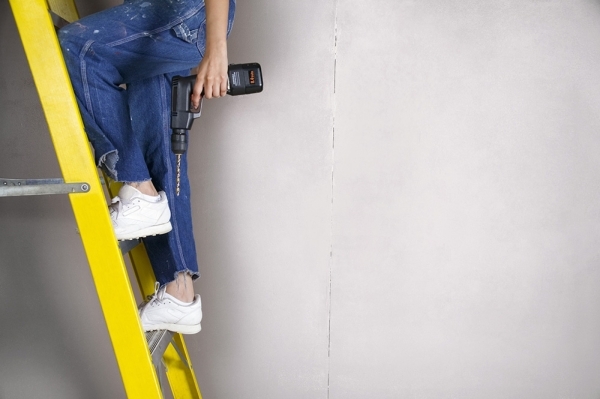How can I borrow enough money to buy and renovate a fixer-upper?

Q: How can I borrow enough money to buy and renovate a fixer-upper?
A: Consider financing your new home with a 201(k) mortgage backed by the Federal Housing Administration.
The two permanent types of FHA 203(k) loans will provide enough money to make the purchase and rehab the property.
The regular 203(k) loan is for almost any kind of repair or improvement — even the reconstruction of a demolished home, as long as the foundation remains.
You can borrow more than the home is worth, as long as the repairs will increase its appraised value.
The most you can borrow is 110 percent of what an appraiser estimates it will be worth after renovations, or the cost of the home plus the estimated renovation cost, whichever is less. At least $5,000 of what you borrow has to go toward renovations.
The maximum also must fall below the FHA mortgage limit for the area — $271,050 for single-family homes in most parts of the country up to $625,500 in high-cost areas.
The Streamlined 203(k) mortgage is for projects that don’t require plans, consultants, engineers or architects — in other words, no structural modifications such as adding rooms.
You can use one of these loans to repair or replace:
• Roofs, gutters and downspouts.
• Decks, patios and porches.
• Heating and cooling systems.
• Windows, doors and exterior siding.
• Plumbing and electrical systems.
• Flooring.
It can also be used to remodel your kitchen and get new appliances, to finish your basement, to paint your home and to add insulation and weather stripping.
You can borrow the purchase price plus up to $35,000 for repairs, improvements and upgrades. There is no minimum repair amount.
Q: What are the drawbacks to this kind of financing?
A: Loan fees, such as the origination fee and the appraisal fee, may be higher since renovation loans are more complex than a typical mortgage. For the same reason, closing may take 60 to 90 days instead of the typical 30 to 45 days.
Interest rates for renovation loans are usually one-eighth to one-quarter of a percentage point higher than they are for a conventional mortgage because these loans are riskier for the lender.
But many consider the cost of mortgage insurance to be the main drawback to 203(k) loans.
You’ll pay 1.75 percent of the loan amount up front and 0.85 percent annually on the principal balance for the life of the loan.
Private mortgage insurance on conventional loans allows coverage to be dropped once the homeowner controls 20 percent of the property’s equity.
But the insurance on FHA loans never ends, no matter how much equity you have.